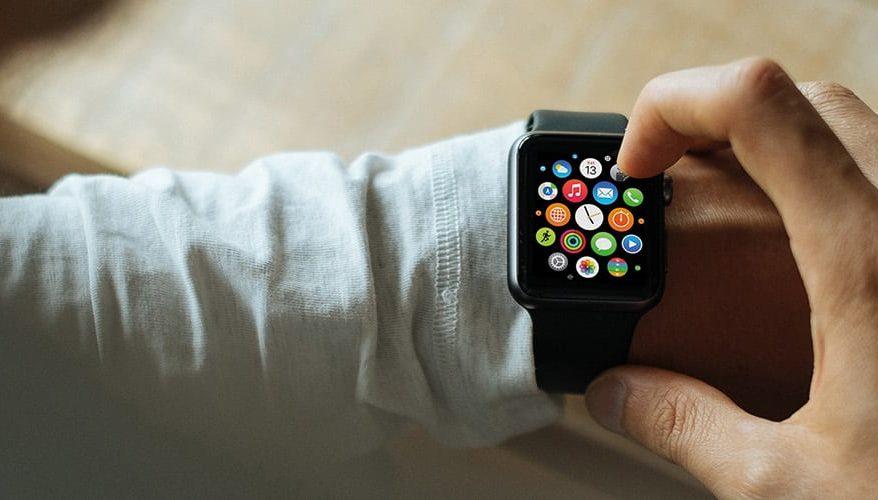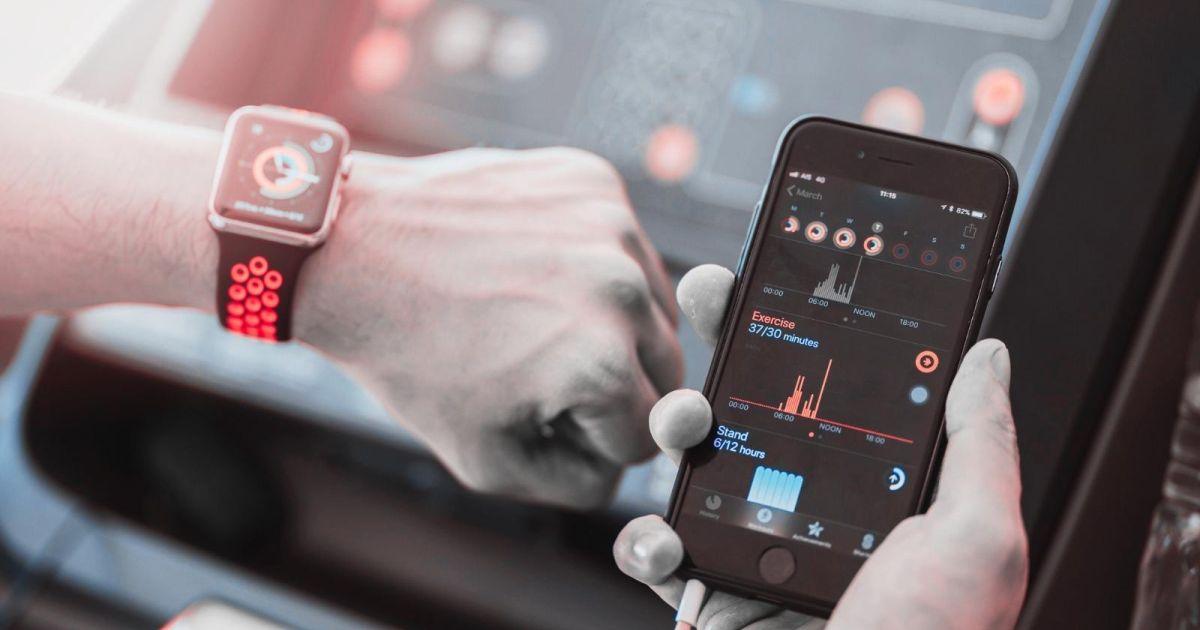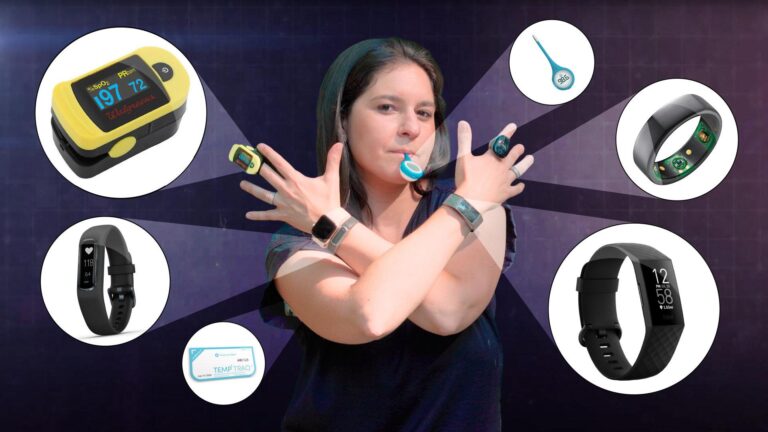Gone are the days when wearables were just fancy gadgets for tracking steps and counting calories burned. Today, these compact devices have evolved into powerful tools that can help you stay on top of both your health and your finances. Imagine having a personal health coach and financial advisor wrapped around your wrist, guiding you through your daily routines and helping you make smarter decisions. Intrigued? Let’s dive into how wearables are revolutionizing the way we manage our well-being and pocketbooks!
How Wearables Are Changing the Health Game
Wearables are becoming a game-changer in the health industry, offering real-time data and personalized insights. These devices can track vital signs like heart rate, blood pressure, and even sleep patterns. This data can be shared with healthcare professionals for more accurate diagnoses and personalized treatment plans. Not only do wearables help individuals take control of their health, but they also enable early detection of potential health issues, which can be crucial for effective interventions.
Beyond health benefits, wearables can also help you save money. For instance, some insurance companies offer discounts for customers who use wearables to monitor their health. Additionally, they can help you avoid expensive medical bills by identifying health problems early on. The costs of investing in a wearable device can often be outweighed by the potential savings on healthcare expenses, making them a smart financial decision. Below, you can see a simple comparison table highlighting the benefits:
| Benefit | Description |
|---|---|
| Health Tracking | Monitors vital signs like heart rate and sleep patterns |
| Insurance Discounts | Potentially lowers your premium |
| Early Detection | Identifies health issues before they become serious |
| Cost Savings | Reduces long-term healthcare expenses |

Keeping an Eye on Your Wallet with Wearable Tech
With wearable tech, it’s easier than ever to keep track of your spending. Smartwatches and fitness trackers can connect directly to your bank, sending you notifications about your expenses in real-time. You can set limits on your spending, get reminders for bills, and even monitor transactions to avoid overspending. This way, you don’t just stay healthy physically, but also financially.
Some awesome features of these gadgets include:
- Real-time spending notifications
- Expense tracking and categorization
- Budget limit alerts
Here’s a quick look at a few popular wearables and their financial tools:
| Wearable | Financial Feature |
|---|---|
| Apple Watch | Apple Pay, Budget Alerts |
| Fitbit Charge | Expense Tracking |
| Samsung Galaxy Watch | Spending Notifications |

Choosing the Right Wearable for Your Needs
When picking a wearable, think about what you need it for. If you’re all about health, look for a device that tracks your steps, sleep patterns, and heart rate. There are even wearables that check your blood oxygen levels and help you manage stress. Here are some things to keep in mind:
- Fitness Tracking: Step counts, calorie burn, and workout intensity.
- Health Monitoring: Heart rate, sleep quality, and stress levels.
- Battery Life: How long can it run without needing a charge?
For those who value managing finances on the go, consider wearables that support contactless payments. Here’s what to look for:
- Payment Features: Can it make purchases and support different payment platforms?
- Personal Finance Apps: Integration with budgeting or expense tracking apps.
- Security Features: Two-factor authentication and encryption.
| Feature | Health Focus | Finance Focus |
|---|---|---|
| Primary Use | Tracking physical activity, health metrics | Making payments, managing expenses |
| Key Features | Heart rate monitor, sleep tracker | Payment support, finance apps |
| Battery Life | Up to 7 days | Up to 5 days |

Tips for Getting the Most Out of Your Wearable Devices
Wearable devices can transform how you manage both your health and finances. To truly benefit from them, start by fully exploring their features. Regularly update the firmware on your device to ensure it runs smoothly and has the latest capabilities. Additionally, customize your notifications so you only receive alerts that are relevant to you. This helps in keeping you focused and avoiding unnecessary distractions. Don’t forget to sync your wearable with other devices and platforms for a seamless experience. Whether you’re counting steps or monitoring your financial transactions, this interconnectedness can greatly enhance your efficiency.
Another key tip is to set realistic goals and track your progress. For health management, use features like heart rate monitors, sleep trackers, and exercise reminders to build healthier habits. For financial management, link your wearable to budgeting apps and banking services to receive updates on spending and saving. Consider the following features:
- Health: Steps count, heart rate monitoring, sleep tracking, calorie burn
- Finance: Spending alerts, bill reminders, budget tracking, financial tips
To visualize your progress, here’s a simple table you can create to track weekly achievements:
| Day | Steps Walked | Hours Slept | Spending Alerts |
|---|---|---|---|
| Monday | 10,000 | 7 | 2 |
| Tuesday | 8,500 | 6.5 | 1 |
| Wednesday | 9,000 | 7.5 | 3 |
By being proactive and consistent, your wearable device can become a pivotal tool in managing both your health and finances effectively.
Q&A
Q&A:
Q1: What exactly are wearables?
A1: Wearables are smart devices that you can wear on your body, like smartwatches, fitness trackers, and even smart rings. They’re designed to track various aspects of your health and, increasingly, help you manage other parts of your life, like your finances.
Q2: How do wearables help with health management?
A2: Wearables help with health management by tracking activities like steps taken, heart rate, sleep patterns, and even calorie intake. They give you real-time feedback and can alert you to potential health issues before they become serious. Plus, they keep you motivated to stay active and healthy.
Q3: Can wearables really help me manage my finances?
A3: Absolutely! Some wearables come with built-in financial features like contactless payment options. They can also track your spending habits and provide insights and notifications about your budgets. Basically, they make it easier to keep an eye on your finances without pulling out your phone or wallet.
Q4: Are there privacy concerns with wearables?
A4: Yes, privacy is a big concern. These devices collect a lot of sensitive information, so it’s important to be aware of what data is being collected and how it’s being used. Make sure to read privacy policies and set your device’s privacy settings according to your comfort level.
Q5: Can anyone use wearables for health and finance management, or are they mostly for tech-savvy people?
A5: Wearables are designed to be user-friendly, so you don’t have to be a tech expert to use them. They come with intuitive interfaces and are often very easy to set up. If you can use a smartphone, you can probably handle a wearable.
Q6: How do I choose the right wearable for me?
A6: It depends on your needs. If you’re mainly looking for health tracking, focus on the features like heart rate monitoring, sleep tracking, and exercise modes. For financial management, look for devices that offer contactless payments and spending tracking. Reading reviews and trying out different devices can also help you make a better choice.
Q7: Are there any downsides to using wearables for managing health and finances?
A7: While wearables offer a lot of benefits, they’re not without their drawbacks. They can be expensive, and the data they collect may not always be 100% accurate. Plus, there’s the aforementioned privacy concern. But many users find that the pros outweigh the cons.
Q8: What’s the future of wearables in health and finance?
A8: The future looks promising! We can expect wearables to become even more sophisticated with more accurate sensors and better integration with other smart devices. They’ll likely offer even more features that make managing health and finances seamless and more efficient.
Q9: Can wearables replace traditional methods of tracking health and finances?
A9: Not entirely. Wearables are a great supplement, but they shouldn’t replace regular check-ups with your doctor or traditional budgeting methods entirely. Think of them as a helpful tool in your overall health and financial management strategy.
Q10: Do I have to spend a lot of money to get a good wearable?
A10: Not necessarily. There are wearables available at a range of price points. While high-end models offer more features, you can still find budget-friendly options that do a good job of covering the basics. It really depends on what features are most important to you.
Closing Remarks
wearables have truly made a mark on both the health and finance fronts. Whether you’re looking to track your steps, monitor your heart rate, or even keep tabs on your spending, these handy gadgets offer a little something for everyone. As technology continues to advance, we can only expect more features and even greater convenience. So, whether you’re already a wearable enthusiast or just considering diving in, there’s no better time to explore how these devices can make managing your health and finances a bit easier and a lot more fun. Happy tracking!


